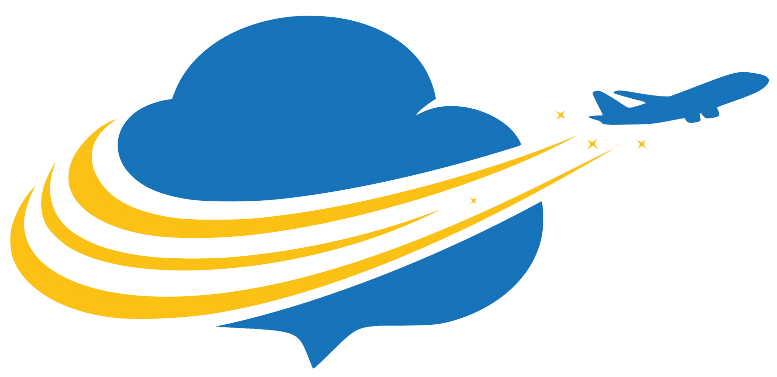In a bold move that underscores the shifting dynamics in airline pricing, Latam Airlines is set to implement a new fee structure for Global Distribution Systems (GDS) bookings effective May 12. Previously, the airline charged a flat rate of $13 per segment for GDS bookings utilizing legacy technology. However, this will soon morph into a varied surcharge depending on the GDS employed by the travel advisor. Such a strategy is significant, signaling the airline’s intention to align costs more closely with the intricacies and functionalities of different booking systems.
As a more detailed breakdown reveals, bookings made through the Amadeus GDS will incur the highest charge at $15.96, while those through Sabre will be charged $14.19. Intriguingly, Travelport customers will benefit from a reduced fee of just $11 per segment. This tiered pricing approach not only emphasizes Latam’s growing reliance on advanced booking technologies but also illustrates a key trend within the airline industry toward differentiating pricing based on the service and capabilities provided by various GDS platforms.
Embracing Modern Booking Methods
Latam’s recent embrace of New Distribution Capability (NDC) technologies showcases a pivotal moment for the airline. NDC allows airlines to distribute their product through a more dynamic approach, thus minimizing reliance on traditional GDS systems and creating opportunities for personalized offerings. With the integration of NDC agreements with major players such as Sabre, Amadeus, and Travelport, Latam is set to modernize its booking processes significantly.
However, as with the previous GDS payment structure, a surcharge will apply to NDC bookings as well. This move is particularly noteworthy, as it reflects not only an intention to recoup costs associated with enhanced IT investments but also a strategy to encourage advisors to engage with its more advanced offerings. For instance, while basic fare bookings within Sabre remain free of surcharges, other fare types will incur fees. This contrasts with Amadeus, where domestic segments attract a $3 fee, while international bookings will cost $6. Such pricing nuances suggest that Latam is enabling more tailored customer interactions while simultaneously managing its operational expenses.
Implications for Travel Advisors
For travel advisors, these new fees present both challenges and opportunities. On one hand, the increased costs associated with certain GDS platforms could deter some advisors from choosing certain systems, particularly those with limited margins. On the other hand, as NDC technology becomes more prevalent, advisors will be incentivized to adapt their booking strategies to remain competitive. They will have to navigate the complex terrain of varying surcharges, potentially leveraging the lower fees associated with Travelport bookings or strategically opting for NDC paths that minimize overall costs.
As the airline adjusts to a more technology-driven model, the role of travel advisors is likely to evolve. They will need to enhance their skills to utilize advanced booking systems while also managing client expectations regarding pricing. This adaptation may ultimately lead to deeper client relationships, built on the unique value that informed travel advisors can bring to the table amidst shifting pricing landscapes. The ongoing evolution within Latam Airlines is a clear indication that the airline and travel industries are on the cusp of a significant transformation.

